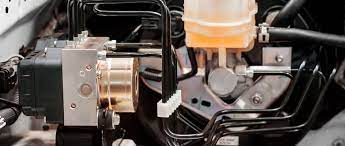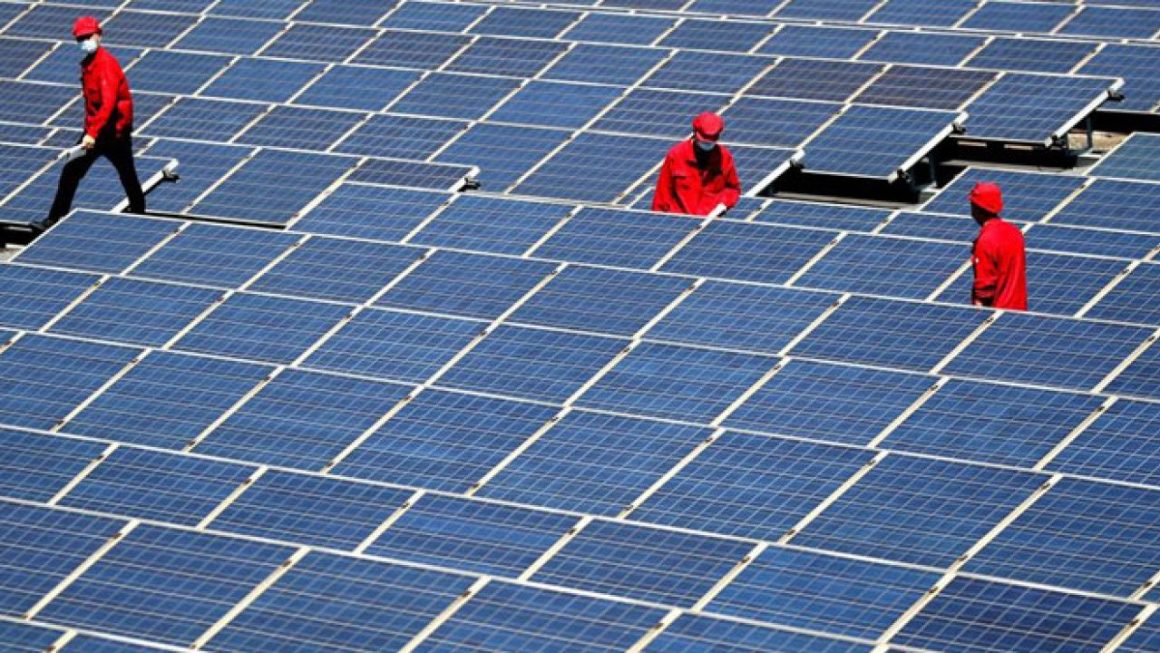Your brake hose is probably one of the last things on your mind when it comes to the maintenance of your vehicle.
Despite these simple tubes playing an incredibly important role in your vehicle’s braking system and being integral to your safety, this aspect of maintenance is often overlooked.
Many car or motorcycle owners are unaware that their brake hose even needs replacing during their vehicle’s lifespan. So what do they do, and why are they so important?
Here’s everything you need to know about brake hoses.
What are brake lines, and why are they so important?
Brake lines, or brake hoses, play a vital role in your vehicle’s hydraulic braking system.
They essentially allow your brakes to function, turning pedal pressure into stopping power by transferring brake fluid from the master cylinder to the brake callipers.
Without brake lines, your vehicle would be unable to slow down and come to a safe halt.
There are a few different types available, including standard rubber brake hoses, and stainless steel brake lines.
Both have their advantages, but if you’re looking to boost your vehicle’s performance, stainless steel braided brake hoses are more than ideal.
How long do brake lines usually last?
Most newer cars and motorcycles come with stainless steel brake hoses, which tend to last much longer than their rubber counterparts.
Typically, they’re one of the most durable and long-lasting components of any vehicle, lasting anywhere between 7-15 years.
Rubber brake hoses aren’t designed to last as long, but they can still last you for up to six years!
Make a point of looking over your brake lines whenever you perform other maintenance checks to make sure they’re still in great condition.
How can I tell if I need to replace my brake lines?
Like any other part of your car or motorcycle, your brake lines are susceptible to general wear and tear.
Many factors cause your brake lines to deteriorate over time, but the most common ones include:
- Water build-up in your brake fluid
Water building up in your brake fluid will cause your brake lines to rust and corrode from the inside out.
These are the very first signs of deterioration, so if you notice these during your regular maintenance checks, you should have them replaced as soon as possible.
- Road and weather conditions
On a day-to-day basis, rubber and steel brake hoses are exposed to UV rays, road debris, and a range of weather conditions. These elements can have a huge impact on their structural integrity and strength.
Keep an eye out for any holes or cracks, and have damaged brake lines replaced immediately – even if they appear only slightly broken.
- Collapse
Your brake lines, especially if they’re made of rubber, also have the potential to collapse – meaning that at some point along its length, the hose is pinched and shut off.
As a result, brake fluid will no longer be able to reach where it needs to go, and you’ll find it increasingly difficult to slow down and stop safely.
If your vehicle is pulling to one side, you should look at your brake lines, inspecting them thoroughly and taking action if you come across any issues.
Purchase brake lines from a supplier you can trust
It’s always best to purchase rubber and stainless steel brake lines from a reputable supplier that you know you can trust, whether it’s a well-known manufacturer or an established brake hose specialist.
Most vehicle repair garages will carry them and offer installation services for an additional fee, or you can order them online along with end fittings to assemble yourself at home.
Browse online to find a brake hose stockist near you!


